Fingerprinting of aquaculture products using chemical element analysis is a growing trend as producers try to ensure product integrity
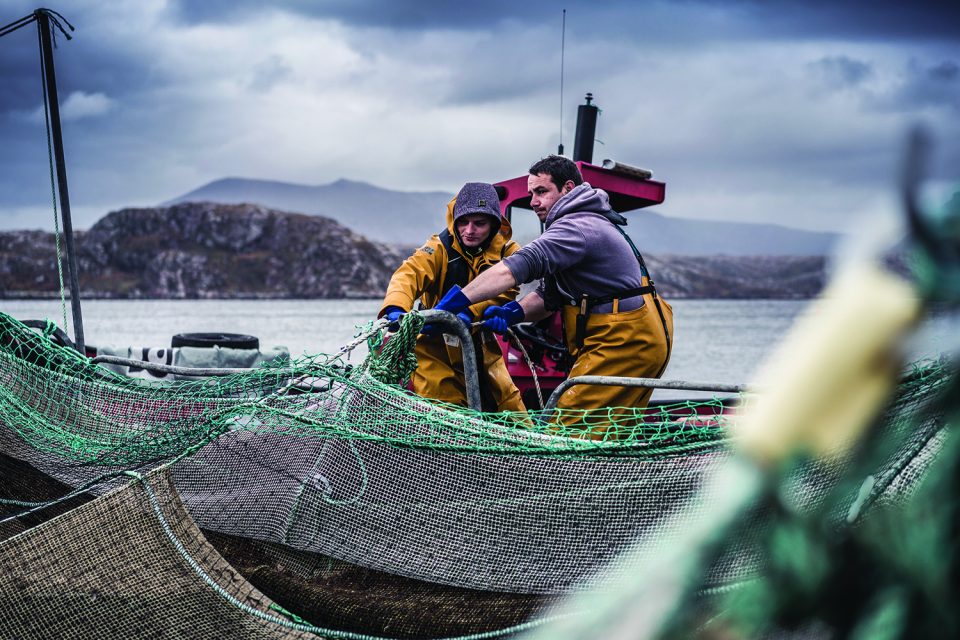
Getting food from the water to people’s plates is a complex process prone to error and vulnerable to economic fraud. A 2021 Guardian Seascape meta-analysis of 44 studies found mislabeling in nearly 40 percent of 9,000 products from restaurants and markets. The United Kingdom and Canada ranked among the worst, with a mislabeling rate of 55 percent. Partly in response to these widespread issues, Oceana Canada along with other organizations prodded the federal government in March to implement a solution, something the authorities had promised to do.
While some seafood mislabeling can be chalked up to human error, some is deliberate, according to Adam Gray, marketing and communications manager at salmon producer Loch Duart.
“There are people out there looking to deceive customers by attempting to sell a lesser product as branded goods,” he said.
To combat this fraud, Loch Duart turned to chemical fingerprinting, employing technology developed by New Zealand company Oritain. Based on an approach used in criminal forensics, this method looks at stable isotopes and trace elements.
The first are non-radioactive atoms of the same element that contain different numbers of neutrons and so have different atomic weights. Examples of stable isotopes include oxygen-18 and oxygen-16, hydrogen-2 and hydrogen-1, carbon-12 and carbon-13, and others. The ratio of isotopes to one another varies according to climate, location, soil conditions, feed consumed and farming practices. Considered together, these ratios indicate which region a product, such as a fish, comes from.
As for trace elements, those analyzed by Oritain include such essential nutrients as sodium, potassium, zinc and iron, as well as 35 others – a good chunk of the entire periodic table. These trace elements show up in food and products due to uptake from soils, waters and feeds. Oritain takes this information, along with that from the stable isotope ratio measurements, and calculates a chemical fingerprint that ties product, such as the salmon from Loch Duart, back to a specific location in the world, perhaps as small an area as a particular bay or farm.
Oritain has offered this service for over a decade, according to Stew Whitehead, global food sales lead. In addition to aquaculture applications, the company does extensive work verifying agriculture products.
“There’s more and more interest,” Whitehead said.
Can handheld DNA testing technology stand up to seafood fraud?
In March, the Aquaculture Stewardship Council, for instance, announced a product validation program using trace element analysis. When asked, Whitehead said Oritain is not involved in the certification group’s effort.
Over the years, he noted that research and development have improved the technology and refined the technique. It is now possible, for instance, to test cooked product because it’s now known how cooking impacts trace element composition. This advance and others have come along with a growing volume of chemical fingerprinting. The result is falling costs along with a rising ability to handle larger volumes of testing.
Research and development aimed at improving trace element fingerprinting are also underway elsewhere. For instance, researchers used it to identify harvesting locations of blue mussels, reporting on their results in a 2019 Science of the Total Environment paper.
Conor Graham, a scientist in the Marine and Freshwater Research Centre at Atlantic Technological University and a paper co-author, noted a lack of commercial use of the chemical fingerprinting technique, attributing this to challenges in its use.
“The main issue is how to apply the tool and overcoming the statistical assignment between samples,” Graham said.
He added that the group is working to develop and deliver a multispecies tool, one that overcomes these issues. The goal is to deliver a fully functional tool for several species of economic interest or ecological concern. There is no timetable, though, for completing the project and creating a commercially useful solution.
Today, chemical fingerprinting validation requires a lab and takes a few days. Thus, it is not a real-time check on where a product comes from. Oritain’s Whitehead said the process typically involves sampling and can complement other traceability approaches. Unlike label verification, though, trace element fingerprinting tests the product itself. It puts a supply chain on notice that a product can be verified at any time and at any point, Whitehead pointed out.
The secret sauce in what Oritain does, he added, primarily lies in the interpretation and analysis of the results, which requires having comparison data from all over the world. That must be combined with knowledge of what sampling methods and frequency are best for a particular product and verification goal.
“You need a suitable database,” Whitehead said. “That was IP that was built up over time: knowing exactly what sample size represents a good baseline to verify against.”
Follow the Advocate on Twitter @GSA_Advocate
Now that you've reached the end of the article ...
… please consider supporting GSA’s mission to advance responsible seafood practices through education, advocacy and third-party assurances. The Advocate aims to document the evolution of responsible seafood practices and share the expansive knowledge of our vast network of contributors.
By becoming a Global Seafood Alliance member, you’re ensuring that all of the pre-competitive work we do through member benefits, resources and events can continue. Individual membership costs just $50 a year.
Not a GSA member? Join us.
Author
-

Hank Hogan
Hank Hogan is a freelance writer based in California who covers science and technology. His work has appeared in publications ranging from Boy’s Life to New Scientist.
Related Posts
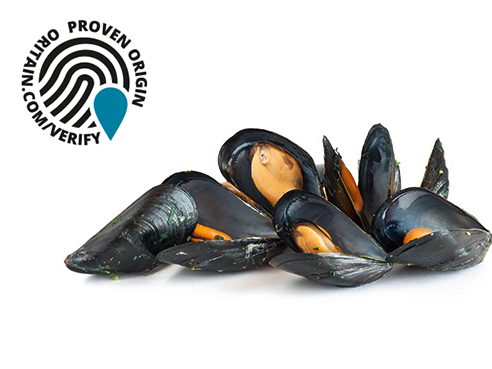
Intelligence
Can a ‘chemical fingerprint’ deter seafood fraud?
Because paper trails aren’t perfect, some food producers are going beyond written or digital records to prove their products’ authenticity and prevent economic fraud. Is farmed seafood a perfect fit for forensic-science traceability?
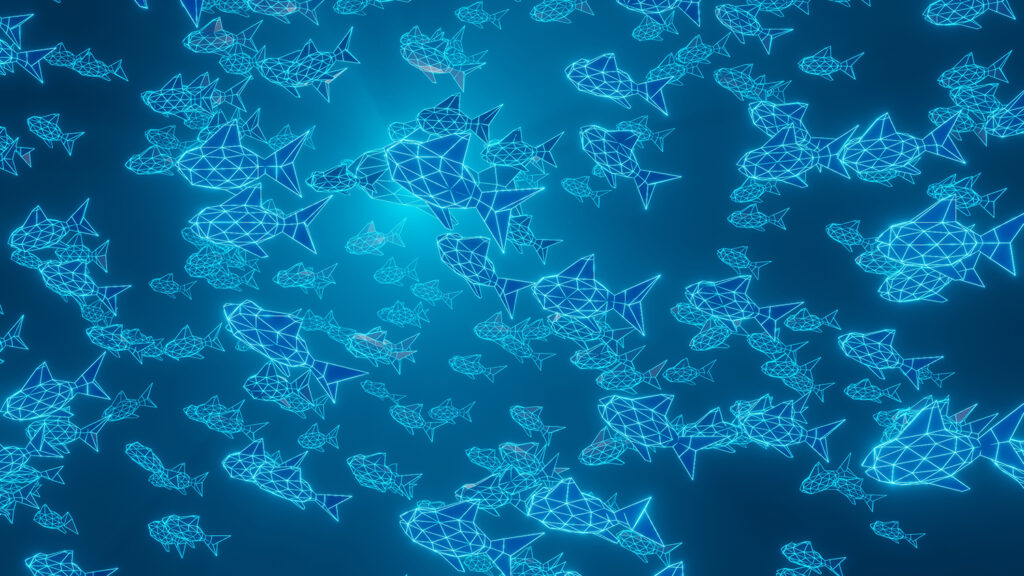
Innovation & Investment
‘AI ticks all the boxes’ and is proving to be a perfect match for aquaculture
Artificial intelligence (AI) is rippling through the aquaculture industry, promising greater efficiencies and insights, as well as investor interest.
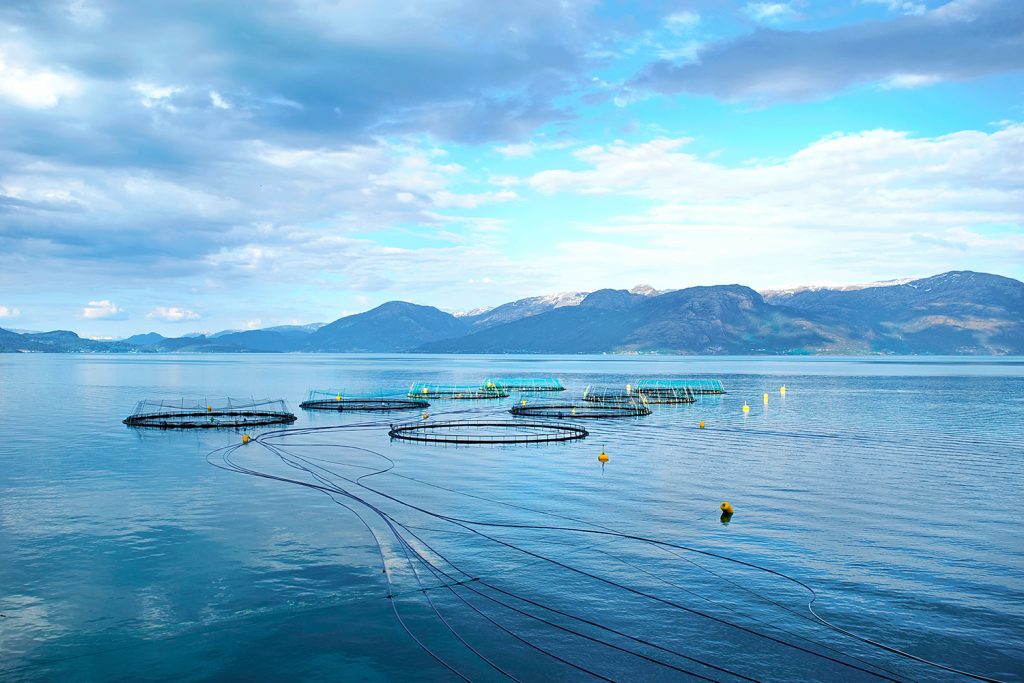
Intelligence
Blockchain expands its aquaculture presence with shrimp and salmon
By tracking products from farm to plate, blockchain helps reduce fraud and improve standing with consumers. But it’s only part of the solution.
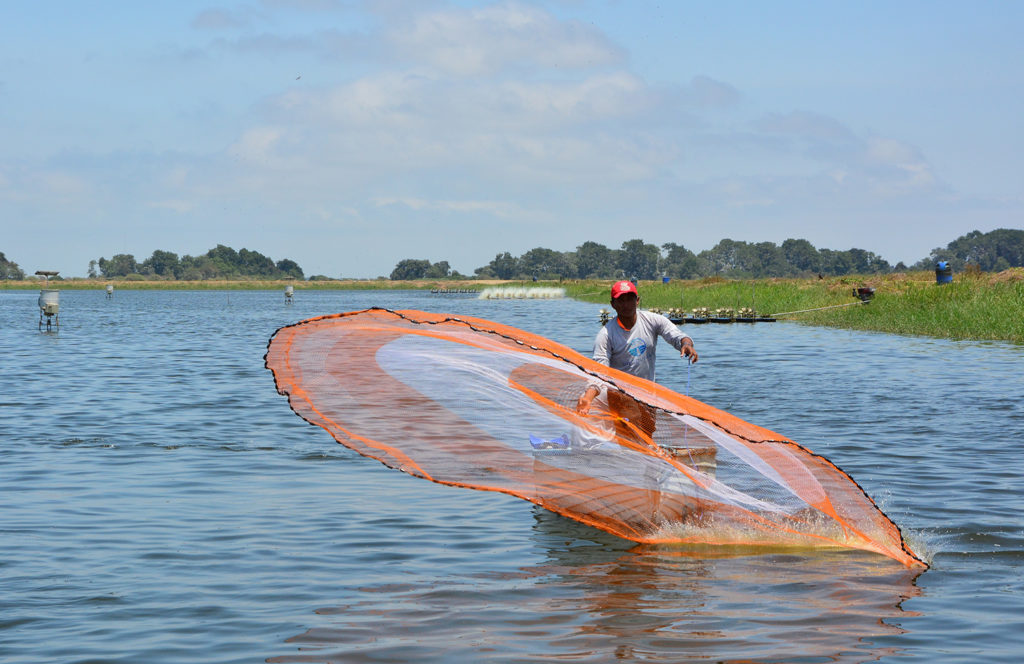
Intelligence
Transparency technology puts aquaculture on the front foot
An expanding number of aquaculture producers are discovering that readily available technology can help them share their egg-to-plate journeys openly.


